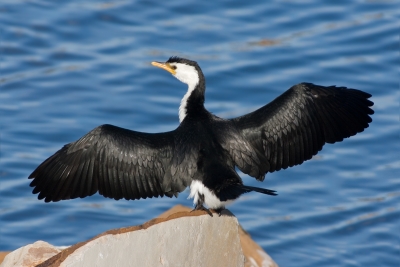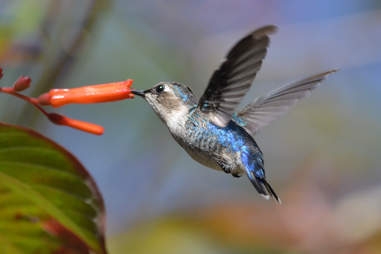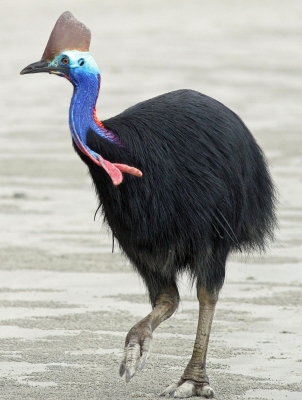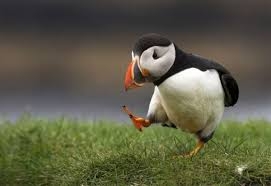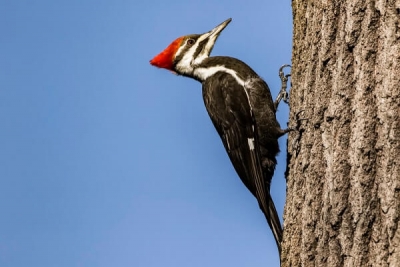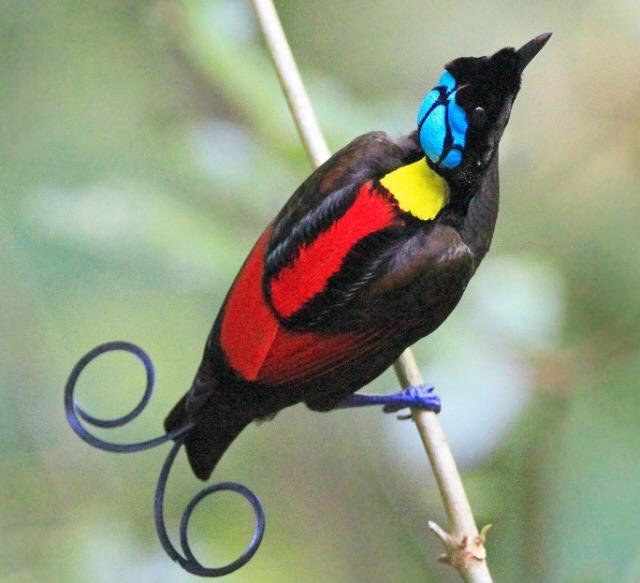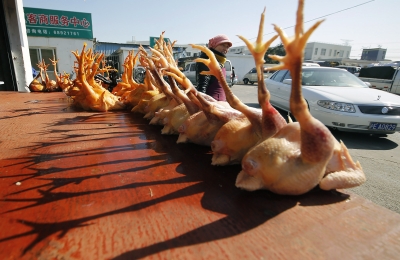What is the origin of flamingo?
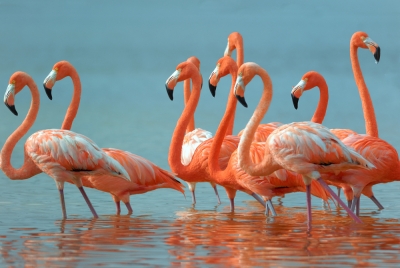
Flamingos are wading birds that are easily recognised by their long, stilt-like legs, and striking pink feathers. The bright pink colour comes from beta carotene, a red-orange pigment that's found in the algae and the shrimp that flamingos eat in their wetland environment. This flame-like appearance also gave them their name. In Portuguese and Spanish flamengo means flame-coloured. The genus name Phoenicopterus comes from the Greek word phoinikopteros, which means, "blood red-feathered".
To feed, flamingos tramp the shallows, head down and bill underwater, stirring up organic matter with their webbed feet. They eat various types of food, including diatoms, algae, blue-green algae, and invertebrates such as minute mollusks and crustaceans. While the head swings from side to side, food is strained from the muddy water with small comblike structures inside the bill. The bird’s pink colour comes from its food, which contains carotenoid pigments. The diet of flamingos kept in zoos is sometimes supplemented with food colouring to keep their plumage from fading.
Flamingos constitute the family Phoenicopteridae, which is the only family in the order Phoenicopteriformes. They are sometimes classified in the order Ciconiiformes (herons and storks) but also show similarities to anseriforms (ducks and geese), charadriiforms (shorebirds), and pelecaniforms (pelicans and cormorants).
Picture Credit : Google
